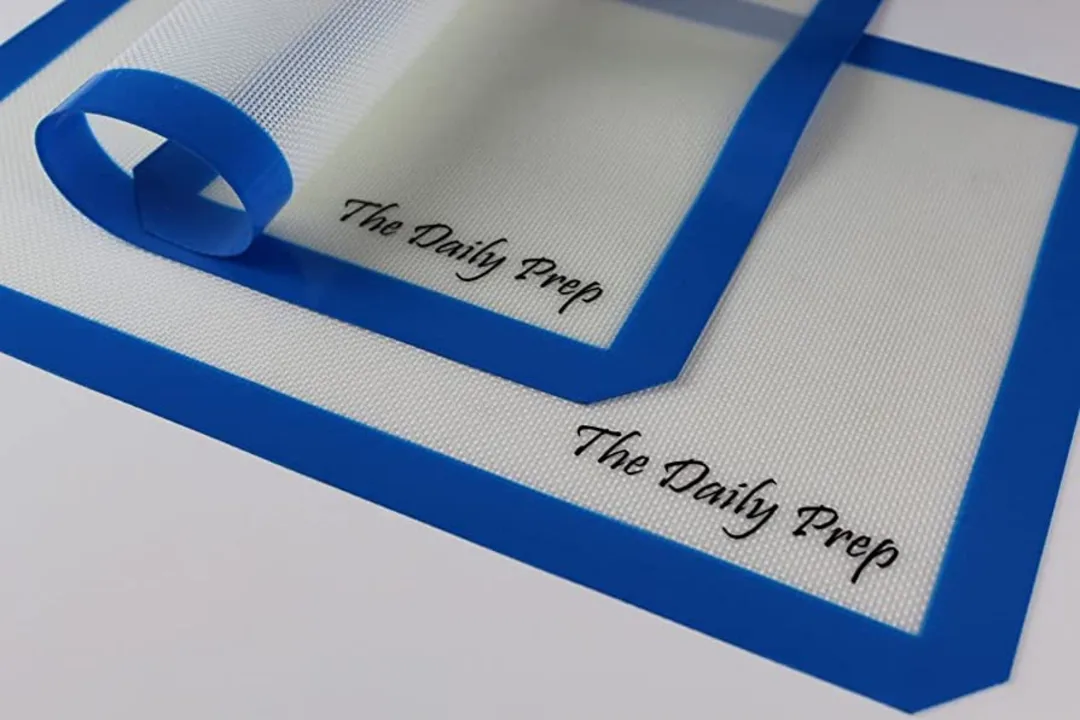What is a lined baking sheet?

Introduction to Lined Baking Sheets
As a baking enthusiast, I've always been on the lookout for new kitchen tools and techniques to make my baking experience more enjoyable and efficient. One such tool that has caught my attention recently is the lined baking sheet. So, what exactly is a lined baking sheet? In this article, we'll explore what a lined baking sheet is, why it's essential, and how it can improve your baking game. We'll also discuss various types of liners and their uses, as well as tips and tricks for choosing the right one for you.
The Benefits of Using a Lined Baking Sheet
Before we delve into the specifics of what a lined baking sheet is, let's take a moment to appreciate its benefits. First and foremost, a lined baking sheet makes for easy cleanup. No more scraping and scrubbing stuck-on food residue from your baking sheets! Simply remove the liner, and you're good to go. Additionally, lined baking sheets can help to ensure even cooking and browning, as they provide an extra layer of insulation between your baked goods and the sheet. This can help prevent the dreaded burnt bottoms that we've all experienced at one point or another. Lastly, using a lined baking sheet can help prolong the life of your bakeware, protecting it from scratches, stains, and other forms of wear and tear.
Types of Baking Sheet Liners
Now that we know some of the benefits of using lined baking sheets, let's discuss the different types of liners available on the market. There are three primary types of baking sheet liners: parchment paper, silicone baking mats, and aluminum foil. Each has its own set of pros and cons, so let's dive in and explore each option in more detail.
Parchment Paper
Parchment paper is a type of heat-resistant, non-stick paper that is commonly used to line baking sheets. It's an affordable and disposable option, making it a popular choice for many home bakers. Parchment paper is perfect for cookies, cakes, and other delicate baked goods, as it ensures easy release without the need for additional oil or grease. Moreover, parchment paper can be used in various other cooking applications, such as steaming and roasting, making it a versatile addition to any kitchen.
Silicone Baking Mats
Silicone baking mats are reusable, non-stick mats made from food-grade silicone. They are designed to fit perfectly on standard baking sheets and can withstand high temperatures, making them suitable for use in the oven. While silicone baking mats are more expensive than parchment paper, their reusable nature makes them an eco-friendly and cost-effective option in the long run. Silicone baking mats are especially great for sticky and gooey baked goods, such as caramel and toffee, as they ensure easy release without the need for additional oil or grease.
Aluminum Foil
Aluminum foil is another option for lining baking sheets, and it's particularly useful for recipes that involve high heat or messy ingredients. Foil is excellent for roasting vegetables, as it can be molded to create a barrier around the food, preventing it from sticking to the sheet. Additionally, aluminum foil can be used to create a makeshift lid for dishes that need to be covered during baking, such as casseroles. While aluminum foil is not as non-stick as parchment paper or silicone baking mats, it can still be a useful tool in the kitchen.
Choosing the Right Liner for Your Needs
With so many options available, how do you choose the right baking sheet liner for you? The answer ultimately depends on your specific baking needs and preferences. If you're looking for a disposable, budget-friendly option that can be used for a wide range of applications, parchment paper may be the way to go. On the other hand, if you're seeking a more eco-friendly, reusable option that is especially great for sticky and gooey baked goods, a silicone baking mat may be the perfect choice. And finally, if you're in need of a liner that can handle high heat and messy ingredients, aluminum foil might be your best bet.
Tips for Using Lined Baking Sheets
Now that you're familiar with the various types of baking sheet liners and their uses, let's discuss some tips and tricks for getting the most out of your lined baking sheets. First, always make sure to choose the right size liner for your baking sheet. Using a liner that is too small or too large can result in uneven cooking and make it difficult to remove your baked goods from the sheet. Additionally, when using parchment paper or aluminum foil, be sure to trim any excess material to prevent it from burning or interfering with the cooking process. Lastly, always follow the manufacturer's instructions for cleaning and caring for your silicone baking mats to ensure their longevity and maintain their non-stick properties.
Conclusion
In conclusion, lined baking sheets are an essential tool for any avid baker. Not only do they make cleanup a breeze, but they also help to ensure even cooking, protect your bakeware, and can even improve the overall quality of your baked goods. Whether you opt for parchment paper, silicone baking mats, or aluminum foil, using a lined baking sheet is a simple yet effective way to elevate your baking game. So, the next time you find yourself in the kitchen, give lined baking sheets a try – you won't be disappointed!

Write a comment